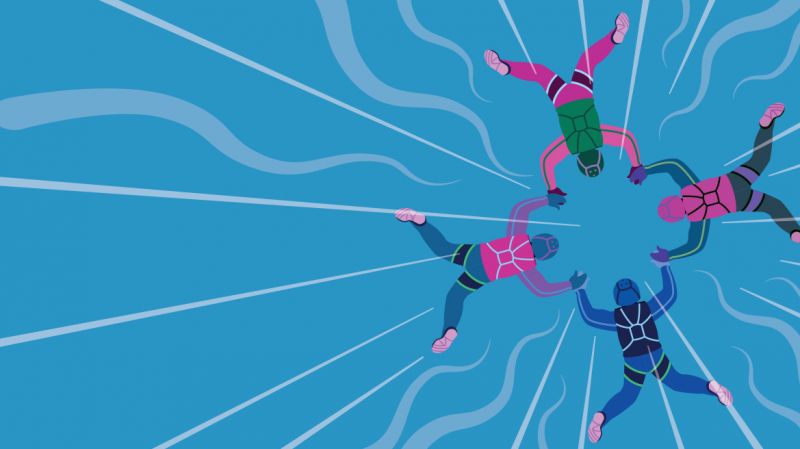Cash is the King of Pain
Brain scans tell the tale: paying with cash packs an emotional punch

- A series of interdisciplinary studies using neuroimaging shows that paying with cash hurts on an emotional level.
- One implication is that financial educators who want to help people reduce their spending or increase their saving must appeal not only to their sense of reason but to their emotional reactions.
If you’ve ever felt a twinge of something unpleasant while handing over your hard-earned cash to make a purchase, you have experienced the pain of paying.
The notion isn’t a new one: it was coined in the 1990s by researchers looking to describe the distress some experience when parting ways with their money. Since then, paying with cash has generally been viewed as a more “painful” way to make purchases than, say, pre-paying for a vacation, which removes the payment from the consumption and makes it a more enjoyable transaction. But while many have recognized these feelings of unease at the register, the phenomenon has remained unproven.
New research, however, confirms that pain isn’t in all your head. Conducted by a team of international researchers, including Nicole Robitaille, assistant professor of marketing at Smith School of Business, it set out to provide interdisciplinary, direct evidence that “paying with cash is affectively painful” — meaning that it hurts on an emotional rather than on a physical level. Their findings? It’s true: buying things with cash – the most transparent of payment methods – hurts.
To reach that conclusion, the researchers ran three experiments combining behavioural measures with neuroimaging. In the first, people were offered the opportunity to pay for products with cash or in exchange for electric shocks. Using MRIs to track brain patterns, the researchers compared purchase decisions made when anticipating paying with cash with those made in exchange for tolerating a shock. They found that paying for things with money lights up some of the same parts of the brain as “paying” for things with shocks, with both being connected with the pain pathways involved in the emotional — rather than physical — aspects of pain processing.
The more emotional pain a person feels about making a purchase, the less likely he or she will be to make it
To further investigate whether people perceive making monetary payments for purchases the same way they perceive emotional pain, the researchers conducted an experiment by using conceptual priming. They had some people unscramble sentences containing words related to emotional pain (words such as ‘grief’ and ‘sorrow’), while others unscrambled sentences containing words related to physical pain (‘sore’ and ‘stomach cramps’). This exercise was designed to make the specific pain-related concepts more immediately accessible in the memory. They had others work with more neutral words. Those same individuals were then given an opportunity to bid on a gift card using their own cash. Interestingly, those whose brains had been primed for emotional pain made more conservative bids and showed a decreased willingness to pay compared to those primed with physical pain or no pain at all.
Finally, the researchers doled out placebos to people who were told the pills were designed to either enhance or relieve emotional or physical pain or were a vitamin supplement. They then tracked their willingness to pay for products. While those who were told they were given a vitamin or were given a physical pain enhancer or reliever showed no differences in their willingness to pay, people who had been told their pill was an emotional pain enhancer or reliever misattributed the emotional pain they experienced to the pill (and not their feelings) and in turn gave a significantly higher and lower willingness to pay.
One big takeaway from this research is that the more emotional pain a person feels about making a purchase, the less likely he or she will be to make it. Conversely, paying for items with debit or credit – commonly viewed as more opaque ways to spend money – will make the purchasing process more comfortable. Financial educators and policymakers take note: to successfully help people reduce their spending or increase their saving, you have to appeal not only to their sense of reason but to their emotional reactions.
—Meredith Dault
Study researchers: Nina Mazar (Questrom School of Business, Boston University); Hilke Plassmann (INSEAD); Nicole Robitaille (Smith School of Business, Queen's University); Axel Lindner (Halle Institute for Economic Research)





